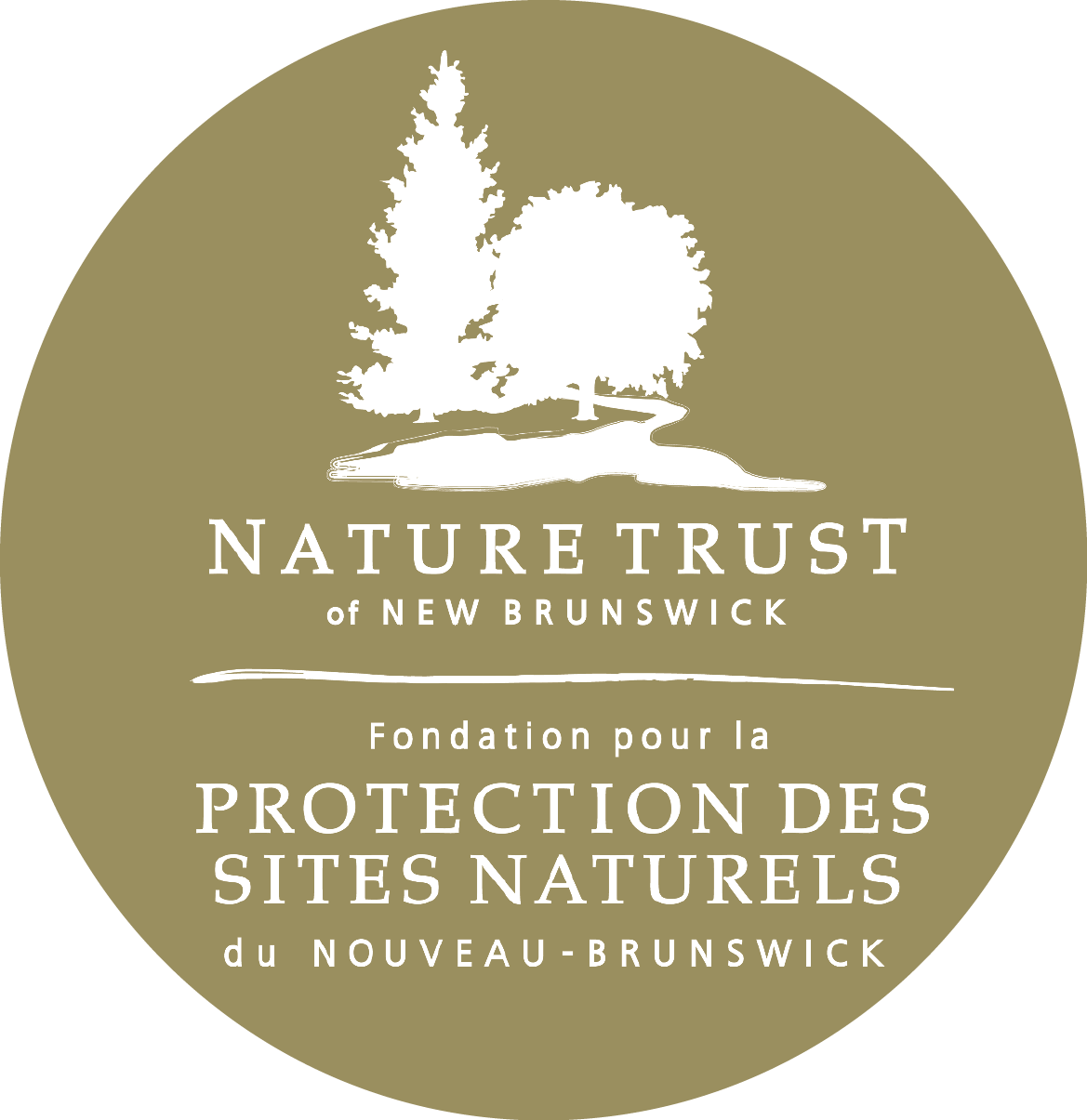Have your say on Canada’s 2030 Biodiversity Strategy
HAVE YOUR SAY ON CANADA’S 2030 BIODIVERSITY STRATEGY
WRITTEN BY JON MACNEILL, COMMUNICATIONS MANAGER
Furbish’s lousewort. Wrinkled shingle lichen. American spikenard. With names as unflattering as this, these at-risk plant species need all the help they can get.
We joke, of course, about their names—but not about their need for protection.
Nature is in a hard way right now. Wildlife populations have plummeted by 70 per cent in the last 50 years. One in five wild species in Canada are at risk of extinction. It really is no laughing matter.
As a supporter of the Nature Trust of New Brunswick, you already help protect the habitat recovery of the unique, rare, and beautiful flora named above. Our nature preserves provide crucial, undisturbed spaces for these and other species at risk to hold their ground, grow and—ideally—recover.
But right now, you can take that support to the next level by helping to shape Canada's new national biodiversity strategy.
Photo: J. Edward Hurley
Environment and Climate Change Canada has posted a short survey designed to get your input on key biodiversity priorities. The federal government is developing its new Biodiversity Strategy and it needs to hear from all of us. This is part of Canada’s commitment to protect 30% of land and waters by 2030, the flagship target in the historic Kunming-Montreal Biodiversity Framework signed last December.
We took the survey, and it takes anywhere from five to 15 minutes, depending on how much detail you want to get into. The questionnaire stays open until July 14. Take the survey here.
We know that our members, supporters and donors have a lot of passion for and knowledge about nature and what it needs to thrive amid the climate change and biodiversity loss crises.
The government needs to hear from you, and the endangered plants, animals and habitats across New Brunswick and the country need you to lend them your voice.
We hope you'll join us in completing the survey and encourage your friends and family to take part, too.
You may remember from last month when we told you that the government of New Brunswick, too, has committed to updating its biodiversity strategy by the year 2025. A consultation process is expected later this year, so we will keep you posted on how to take part in that important conversation, as well.
For now, here's some tips (below) to help guide your responses to the Government of Canada’s survey and amplify our message for greater nature protection.
And, don’t forget what we’re all fighting for: be sure to take some time this summer to get out into one of the beautiful nature preserves that you and thousands of New Brunswickers have helped us protect, forever, by donating money, helping to maintain trails, removing invasive species, and spreading the word about our stewardship work and fun outdoor activities!
Certainly, please fill out the survey in accordance with your values and your vision for nature protection in Canada. If you want some guidance, here are things to keep in mind and to help amplify the priorities and work of the Nature Trust and its allies in conservation:
We hope government hears loud and clear that top priorities of the biodiversity strategy should include:
increasing protected and conserved areas across Canada;
enhancing the function of natural ecosystems (like wetlands’ ability to absorb extreme rainfall and freshets to better protect our communities from floods);
restoring land and coastal spaces to a more natural, resilient state;
recovering species at risk, and;
reducing the pollution causing climate change and degrading our ecosystems.
We hope the government develops a strategy built around the following principles:
supporting the creation of new nature preserves and natural protected areas;
factoring in—and appropriately weighing—the value of ecosystem services and biodiversity in economic decisions (I.e. taking a bigger picture, forward-thinking approach to development and nature conservation and ending the long tradition of sidelining nature for short-term profit);
factoring in diversity, equity, inclusion and societal considerations in biodiversity decisions;
supporting Indigenous-led initiatives including the integration of Western and Indigenous science and knowledge, and;
increasing funding available to land trusts and conservation groups working on the ground to protect more nature, forever.


